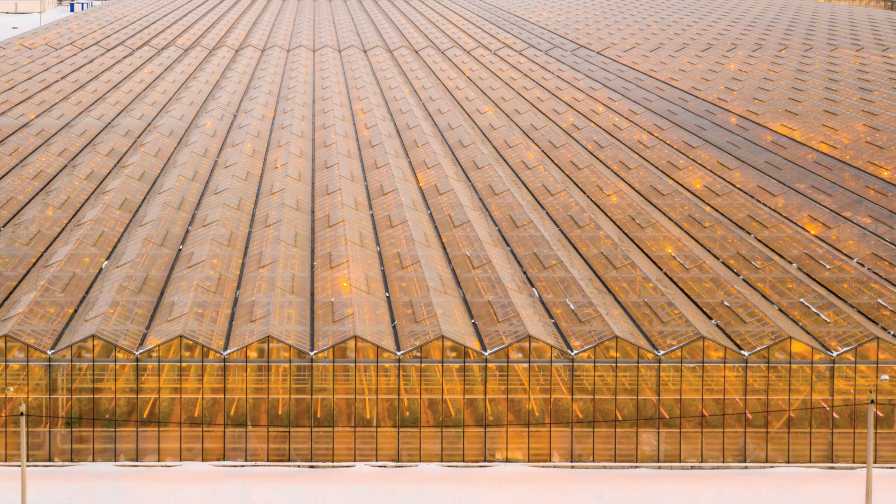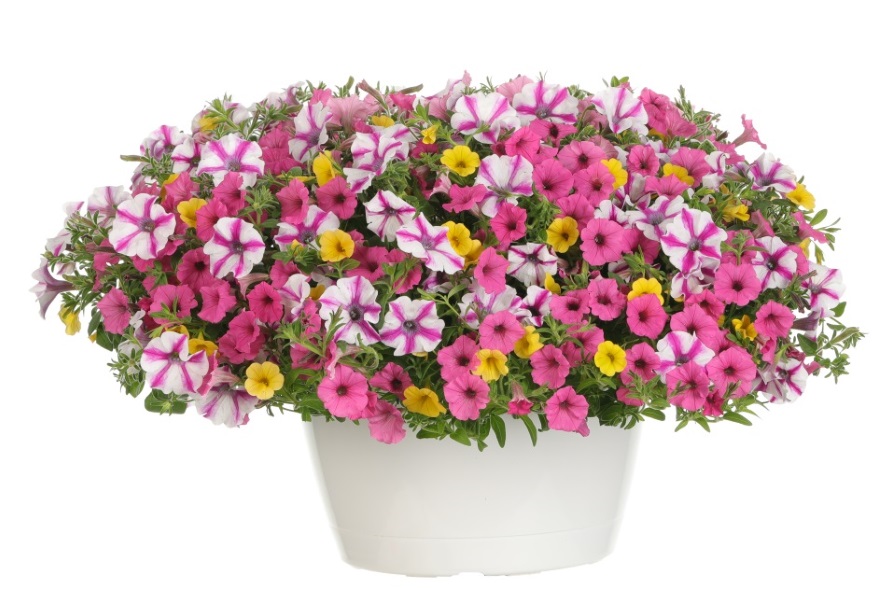How Technology Can Improve Profitability in Greenhouse-Grown Cannabis

In certain areas of North America, adequate amounts of natural light won’t always be a given. Those growers might have to make the tough choice between settling for less than optimal yields or outlaying the money for supplemental lighting.
From a profitability perspective, when a grower chooses to grow cannabis in a greenhouse versus indoors, he assumes that the reduction in electricity costs resulting from needing to power fewer lights is greater than the value he loses from having less control of his growing environment. In sunny, dry, temperate locations, that trade-off is clearly a good one for greenhouses. For many other locations, a grower needs to overcome several technological hurdles to make a greenhouse clearly preferable for growing cannabis indoors.
Meeting Demanding Light Requirements
First, cannabis requires more light to grow optimally than most people realize. Until recently, growers have nearly universally treated cannabis as if a Daily Light Integral (DLI) of around 20 (e.g., the DLI provided by a 1,000-watt, double-ended High-Pressure Sodium (HPS) light) was optimal. Academic and industry research is starting to show the highest yields result at levels much higher than that.
In most regions of North America, for most of the year, the sun will only provide a fraction of that amount of light. So, greenhouse growers face the dilemma of either sacrificing yields or increasing their capital and electricity expenses by installing more supplemental lighting. The technical challenge is that supplemental lighting in a greenhouse tends to be around 12 feet above the plants, which means much of that lighting can be wasted as it spreads throughout the room, hitting aisles and walls. This illustrates the primary advantage of LED lighting. It is not about producing equivalent light intensity as an HPS with fewer watts. It is about providing more light while having a better ability to direct a much higher percentage of that light to the actual canopy.
Regaining Efficiency Lost to Heating
Since greenhouses are not well insulated, heating makes up between 65% and 85% of the total energy demand (Runkle & Both, 2012). This, combined with a need for substantial supplemental lighting, creates the possibility (depending on the location) that a greenhouse can lose some or all of the efficiency gains of using the sun to grow. There are technologies that are evolving that seek to address this issue. For instance, it is increasingly common for advanced greenhouses to use heat pumps to transfer heat from the ground into the greenhouse to help maintain the climate. The constraint is that the ground needs to be warmer than the interior of the greenhouse. However, a greenhouse can be designed to store heat in the ground when there is excess heat and draw upon it during periods of heat deficit. Researchers have also started experimenting with placing transparent solar panels on the roofs of greenhouses that produce electricity with certain solar wavelengths while allowing others to pass to power photosynthesis without sacrificing yields.
Taking Precise Control of the Environment
The biggest challenge when growing cannabis is controlling temperature and relative humidity. It is arguably more critical for cannabis than for other crops because laws often severely restrict the tools a cannabis grower has to deal with the pest risk caused by climate swings. In a greenhouse, relatively small changes in solar radiation, ventilation, and outdoor temperature can cause large changes in the internal climate. A shortcoming with today’s climate control technology is that systems often respond too slowly to changing environmental conditions, resulting in an unstable internal climate.
Internet of Things (IoT) applied to greenhouses offers an opportunity to enable both better climate control and energy efficiency. As the prices of sensors and machine-learning software decrease, it becomes more affordable to continuously monitor environmental parameters such as temperature, humidity, soil moisture, light intensity, and soil pH remotely, and we are increasingly capable of anticipating how plants will respond to changes. Improved forecasting of plant responses not only will enable better control, but it will also reduce the energy currently wasted when control systems under or over respond to climate changes.
Warehouse Versus Greenhouse. Profitability Isn’t the Decisive Factor, Yet
Surveys suggest the vast majority of cannabis growers likely still grow indoors versus in greenhouses or outdoors. Nonetheless, many producers and industry experts believe it is inevitable that the greenhouse will be the dominant means of growing in the future. There is evidence that the market is already settling this debate, as companies regularly announce plans to build or acquire large greenhouses. However, we should be careful when interpreting these investments. Licensed square footage, not profitability, is currently the metric driving company valuations.
Most large cannabis companies, especially public ones, are not primarily concerned with efficiencies. Rather, they are locked in a race to increase square footage, and the fastest way to do that is to buy and convert existing greenhouses and indoor farms. In general, there are far more greenhouses (for produce and flowers) than indoor farms, so simple probability could explain seeing an increase in greenhouse space relative to indoor farm space. In reality, several technological hurdles need to be made to improve the trade-off between leveraging the sun’s power and reducing control of the growing environment.










